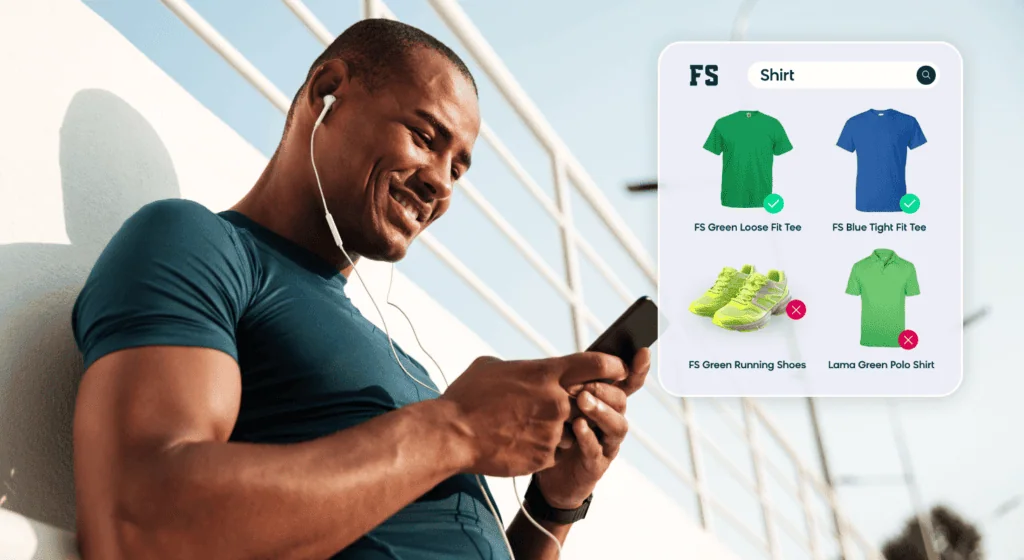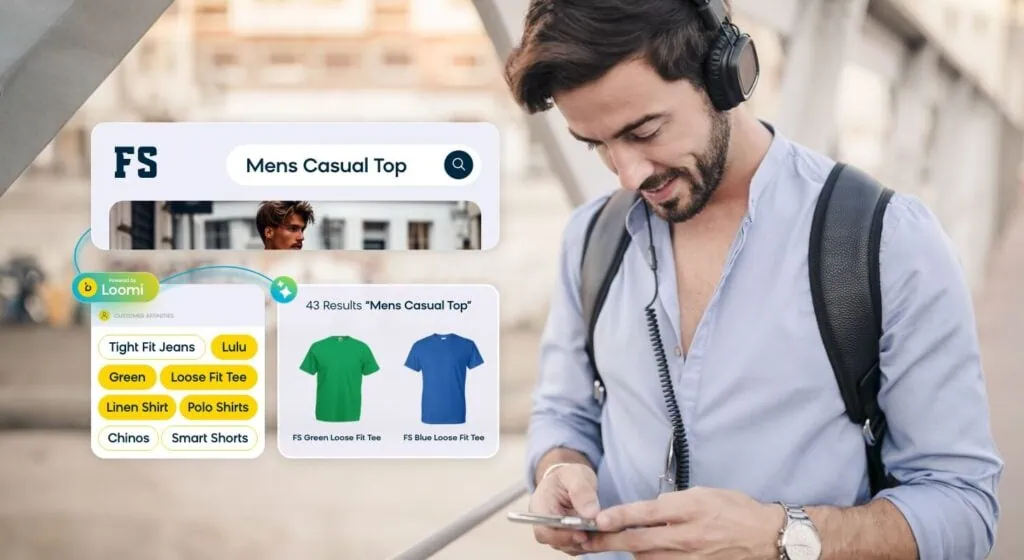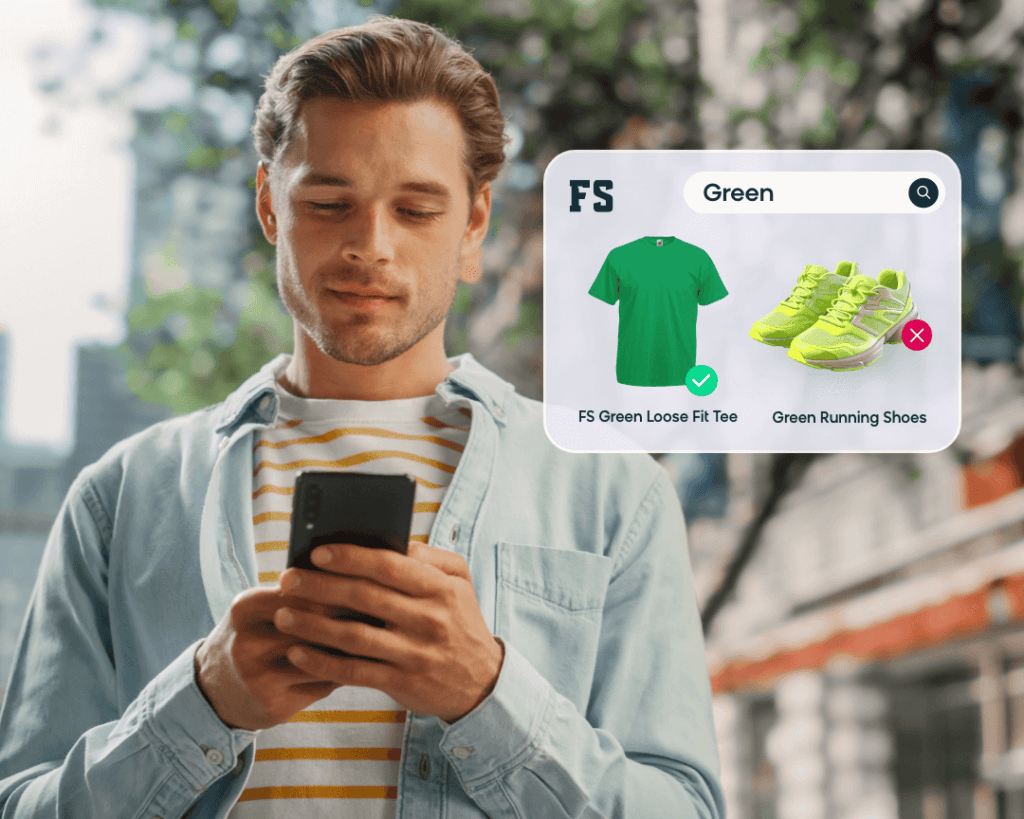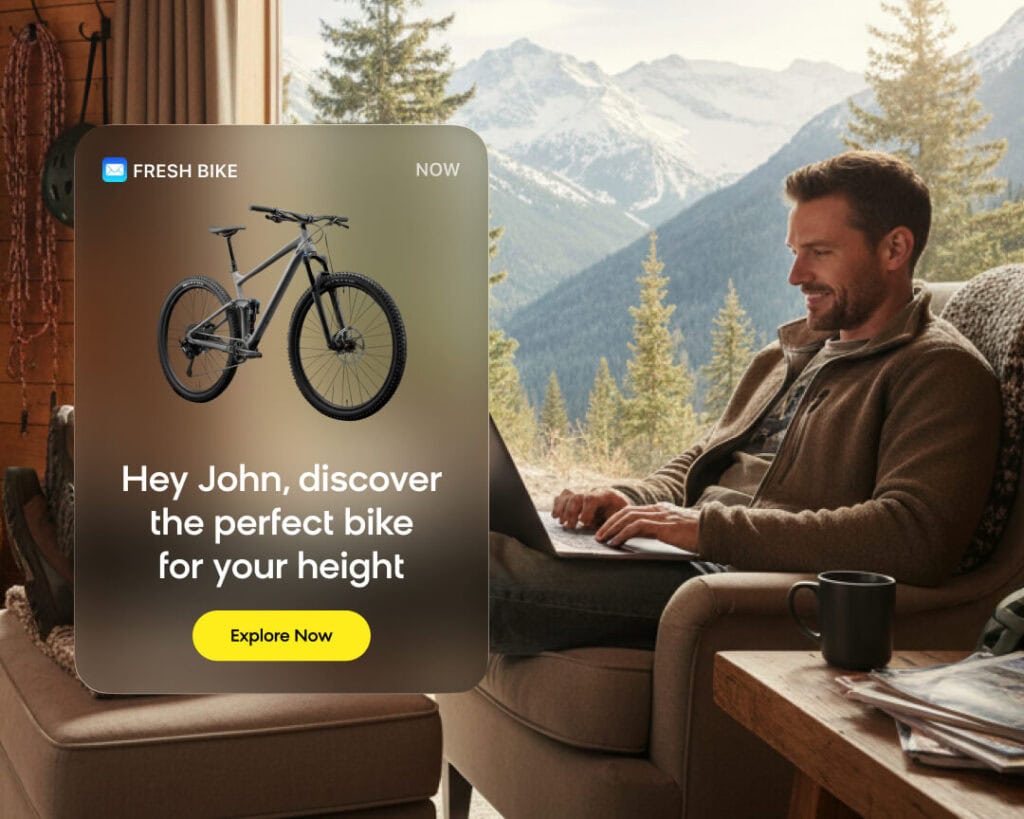True personalization is the ultimate goal for any ecommerce brand, and it’s something we at Bloomreach have been working tirelessly to improve and innovate on. Our work with large language models has already allowed us to make great strides with intent relevance in the development of hybrid vector search, but it doesn’t stop there — we’re also making strides in the realm of 1:1 personalization.
In this post, I’d like to shed some light on the challenges companies face with our current 1:1 personalized search mechanism that have motivated us to innovate further with an advanced version of personalized search. Additionally, I’d like to share how we’re solving these obstacles to deliver more personalized experiences across the entire customer journey. Let’s dive in.
The Challenges With 1:1 Personalization
1:1 personalization is fundamentally a pretty straightforward concept: If a shopper prefers a certain color for their products, then you’d rank those higher than other colors. Similarly, if they prefer a certain brand, you’d surface that brand’s products first in search results.
However, the practical implementation of this concept is fraught with complexities due to the myriad of corner cases that arise. For instance, a customer may prefer green shirts but not green shoes. How do we discern and apply the correct affinities to the appropriate products? Moreover, most individuals have multiple affinities, each with varying degrees of importance. For example: a shopper may favor a certain color piece of clothing most of the time but may be more inclined to purchase clothing in various colors for a specific brand.

Understanding the subtleties of a person’s affinities is a formidable challenge, and it is an area where many product discovery solutions currently falter. Many tools necessitate manual configurations by merchandisers, which can be a laborious and imprecise process.
How Bloomreach Is Tackling 1:1 Personalization
Our existing 1:1 personalization feature in our search faces the same challenges with tackling edge cases and factoring in multiple affinities. Our existing feature only works on one attribute at a time, must be configured statically, and is missing rich customer data.
To address this applicability of affinity across products, we’ve developed a machine learning clustering algorithm that relates products to each other and the strength of the affinities. By learning from your product catalog and past customer interactions, we can better understand the multi-dimensional relationship between products, which reduces the cases where affinities do not yield a positive result.
Our second goal is to eliminate the need for merchandisers to manually select affinities each time. It’s hard to know which affinities to use, and even though we as humans have great intuition, using data and AI can help the accuracy of this tremendously. So, we deployed an algorithm to sift through your catalog to learn which attributes we should apply affinities on.
Our third goal is to resolve the ranking of affinity orders, and we achieve this by treating each affinity like a signal. The algorithm learns the weights to apply to individual user’s preferences for each query and product type to generate a composite score that represents how affinities may mix together when considering a product. For example, I may prioritize brand higher than color, and thus brand weight will be higher than color for a particular query-product combination.

Our algorithms also must treat intent higher than affinity. For example, if we detect that a customer has an affinity for green shirts, but then they search for “blue shirt,” then we would expect to see blue shirts ranked higher than green, even though they clearly love green shirts. The intention signal is the strongest signal, which takes precedence over the personal affinity score.
Our algorithm also takes into account other factors. For example, if a product that matches a customer’s affinity is poorly reviewed, displaying that product would result in a subpar user experience. Or, if a customer’s purchasing behavior changes over time, how should these various behaviors be weighted to display the most relevant products to each customer?
To solve this, we’ve trained our algorithm with “learn to rank” functionality. It’ll merge all of these signals together — purchases, search intent, recency, reviews, and much more — to serve relevant results while optimizing for revenue lift.
Deepening Personalization With More Data
While our 1:1 personalization solution will work well on its own, you can make it work even more effectively by using the power of our customer data engine to connect customer profiles from Bloomreach Engagement.
Our customer data engine amalgamates data from all your marketing channels — email, SMS/MMS, mobile app, social media, web, WhatsApp, and more — to further enrich the algorithm. As with all AI solutions, the more data you have, the better. By incorporating Engagement’s customer profiles, which are GDPR and CCPA-compliant first-party data that the customer has consented to, our algorithm can better understand the nuances of each customer’s affinities and deliver even more accurate and precise search results.

Our new personalized search offering uses short-term profiles for real-time effect on search results while utilizing long-term historical data as a signal with curved decay to account for recent changes in preferences.
Going Beyond 1:1 Personalization
An important thing to keep in mind is that while 1:1 personalization is a crucial aspect of search personalization, it’s also only that — a single part of a greater whole. For personalization to be truly effective, it needs to be tied across the entire customer journey. That means using 1:1 personalization alongside things like behavioral-based merchandising and segment-based search personalization.
Key to all of this personalization is first-party data. Our algorithms have been specifically trained on rich first-party data to bring personalization to all aspects of product discovery. If you want to see even more examples of how we’re innovating search personalization, check out our latest features.













